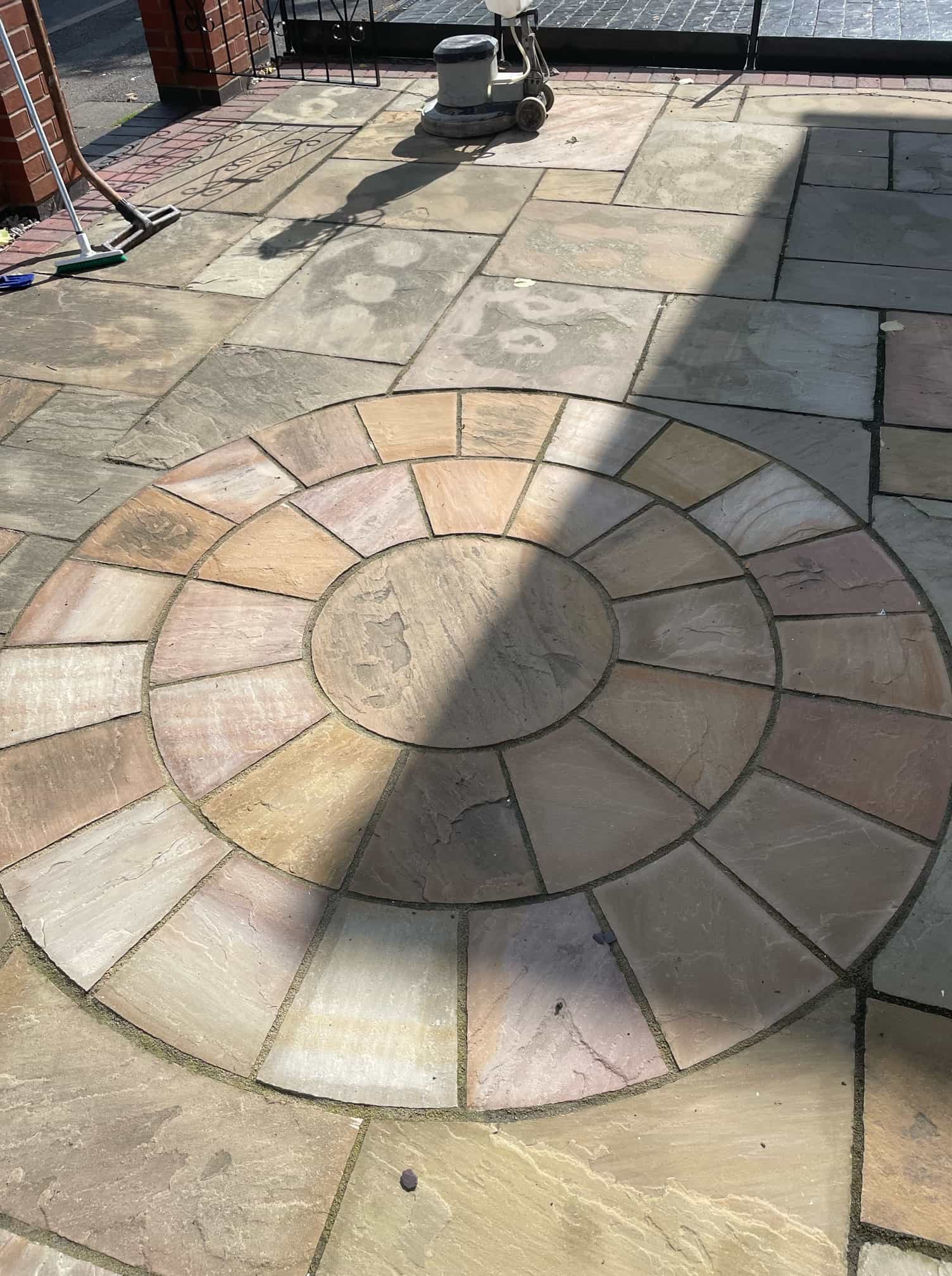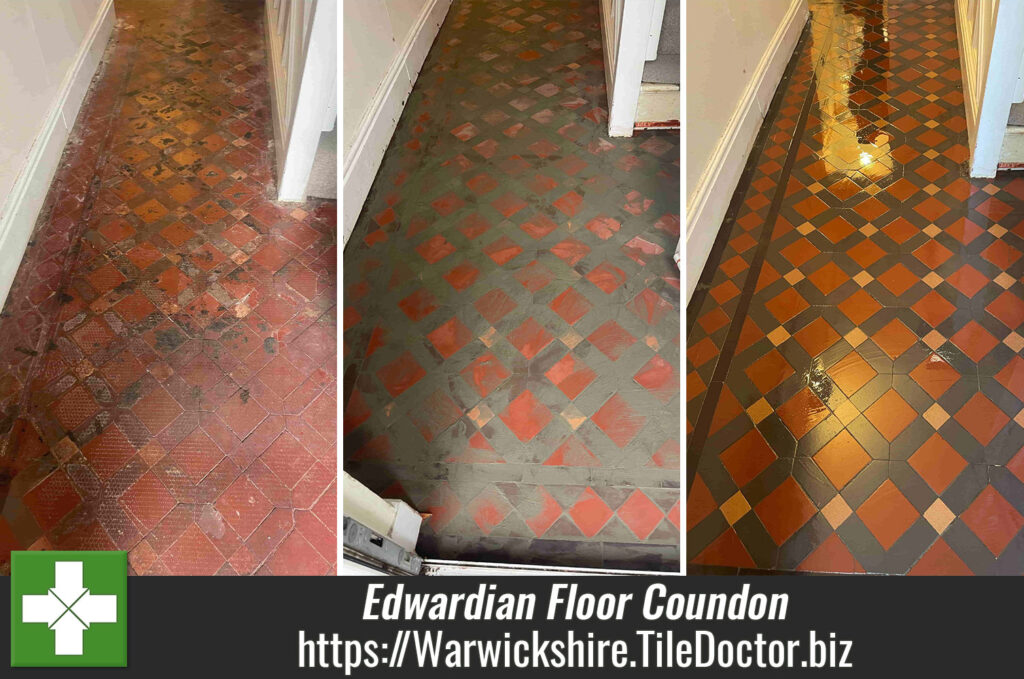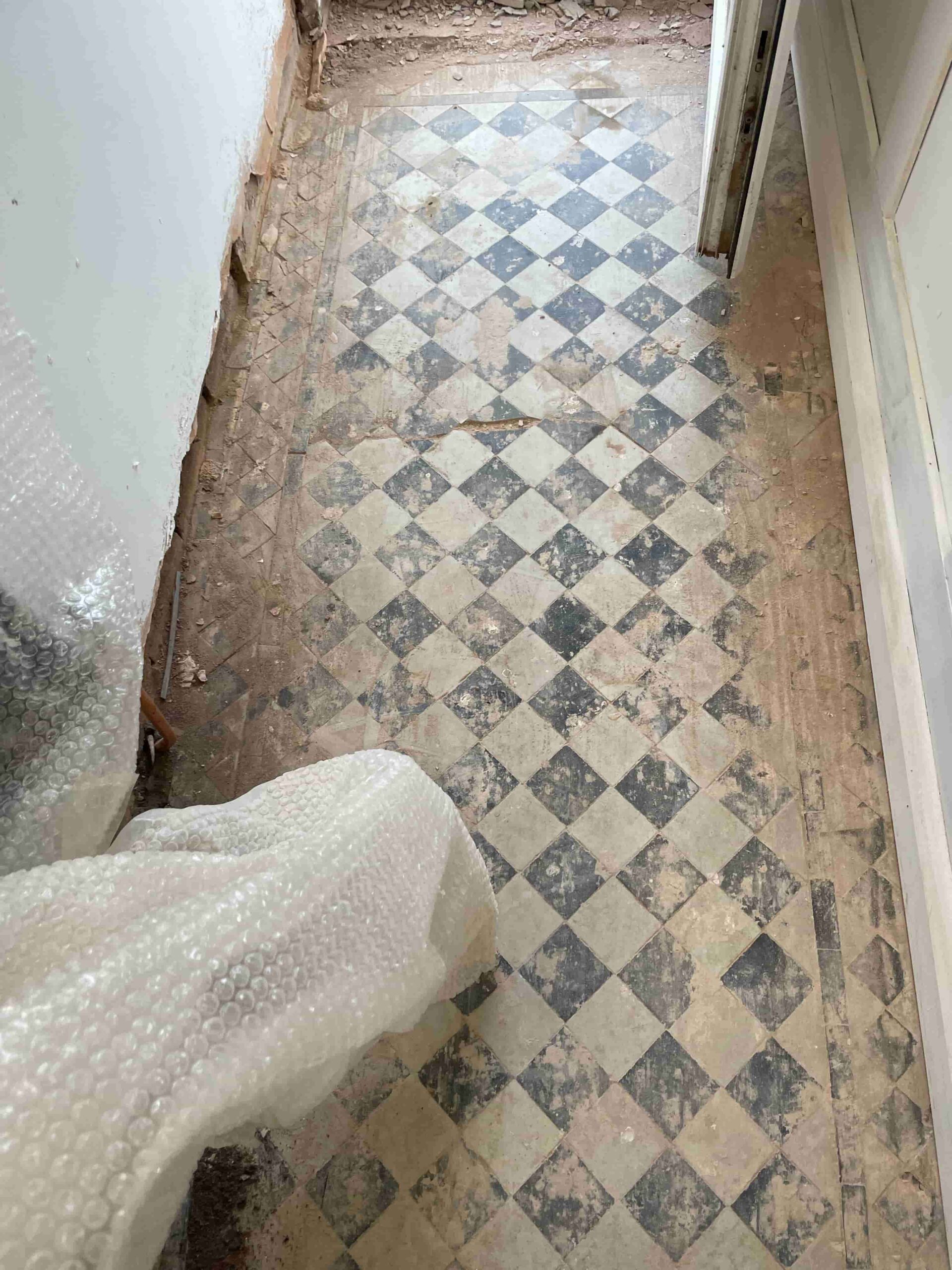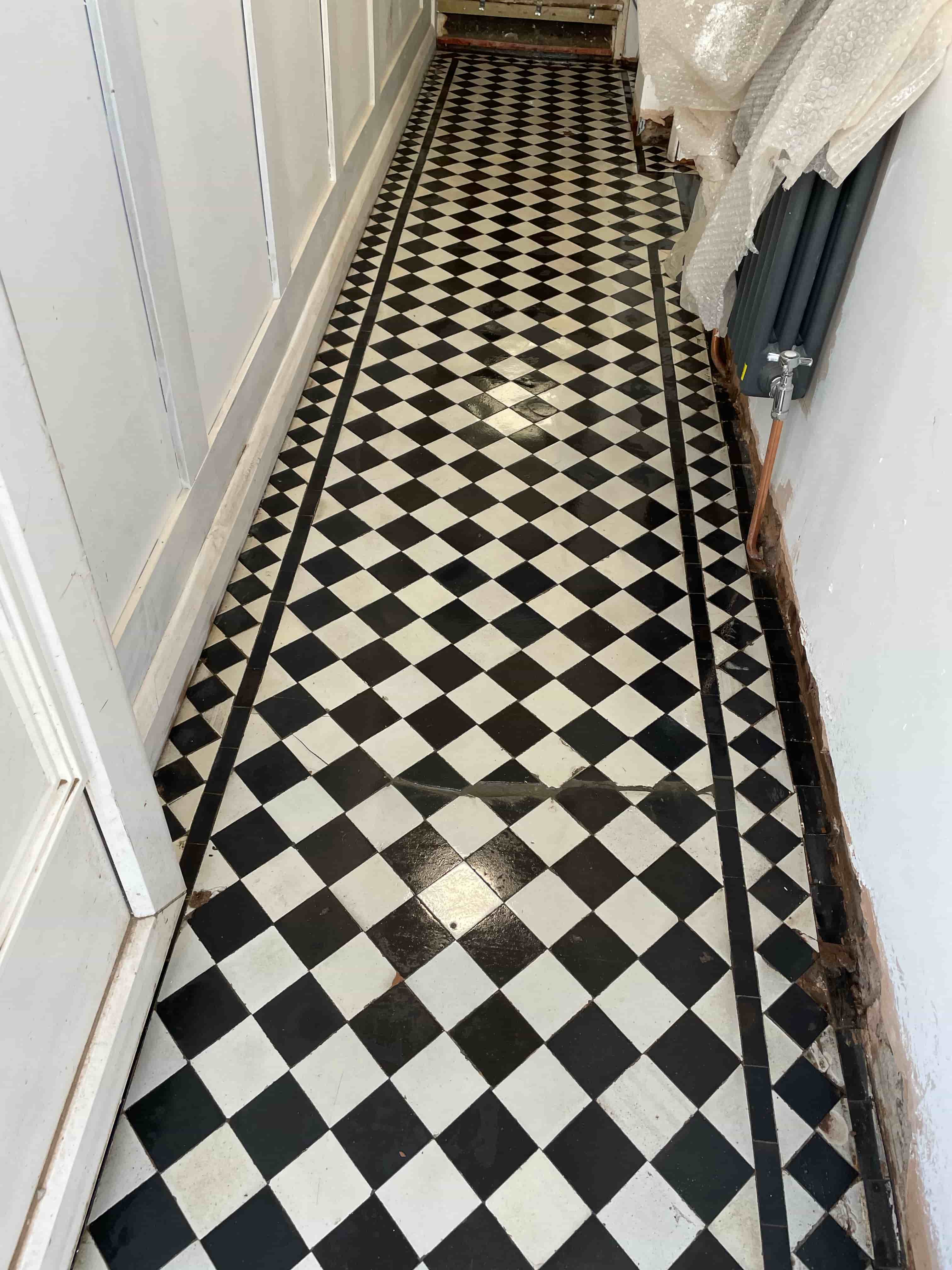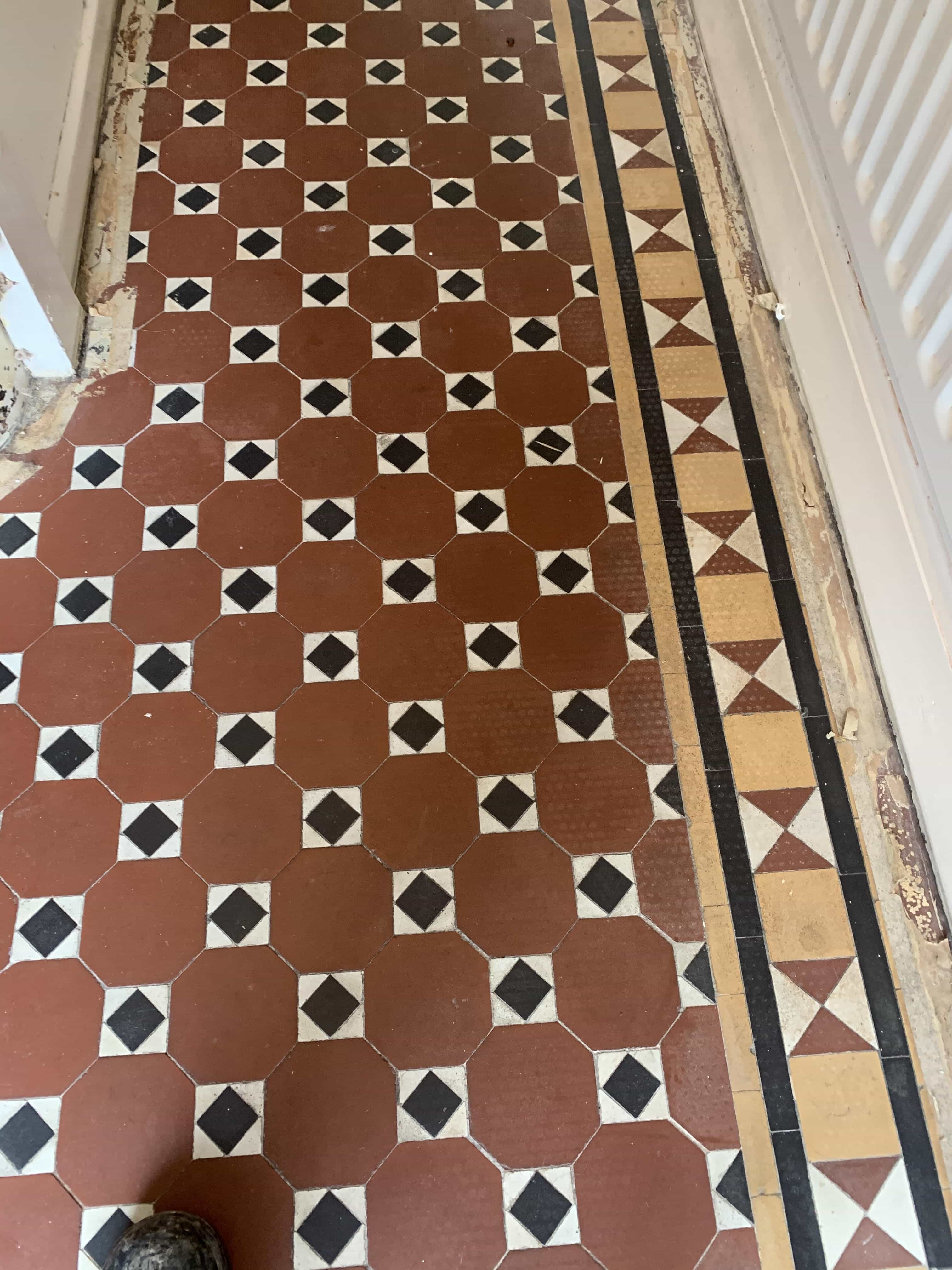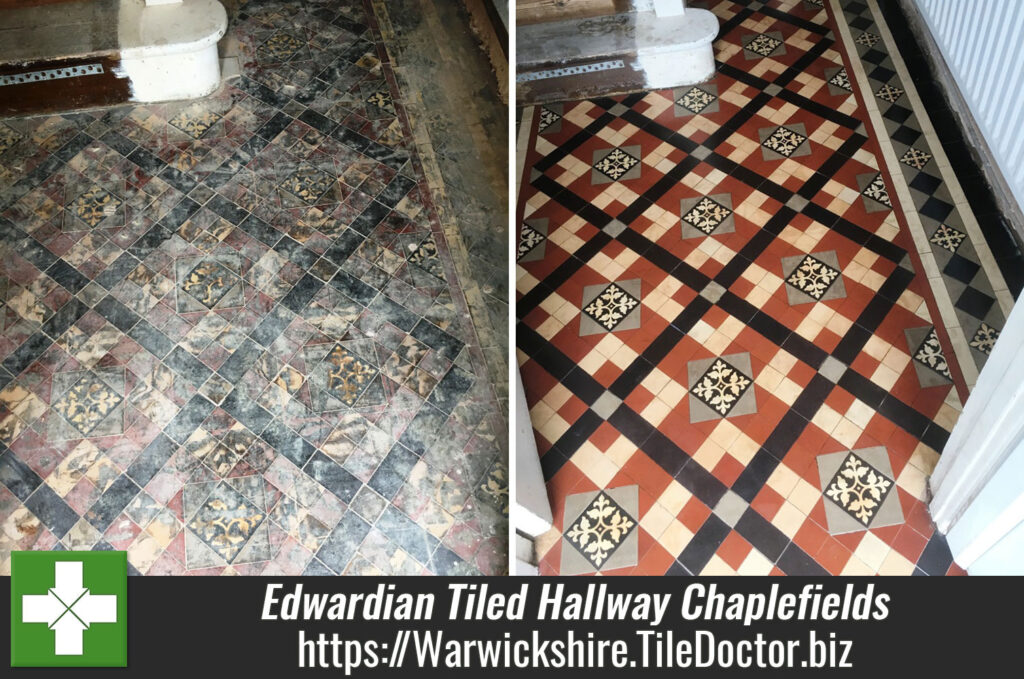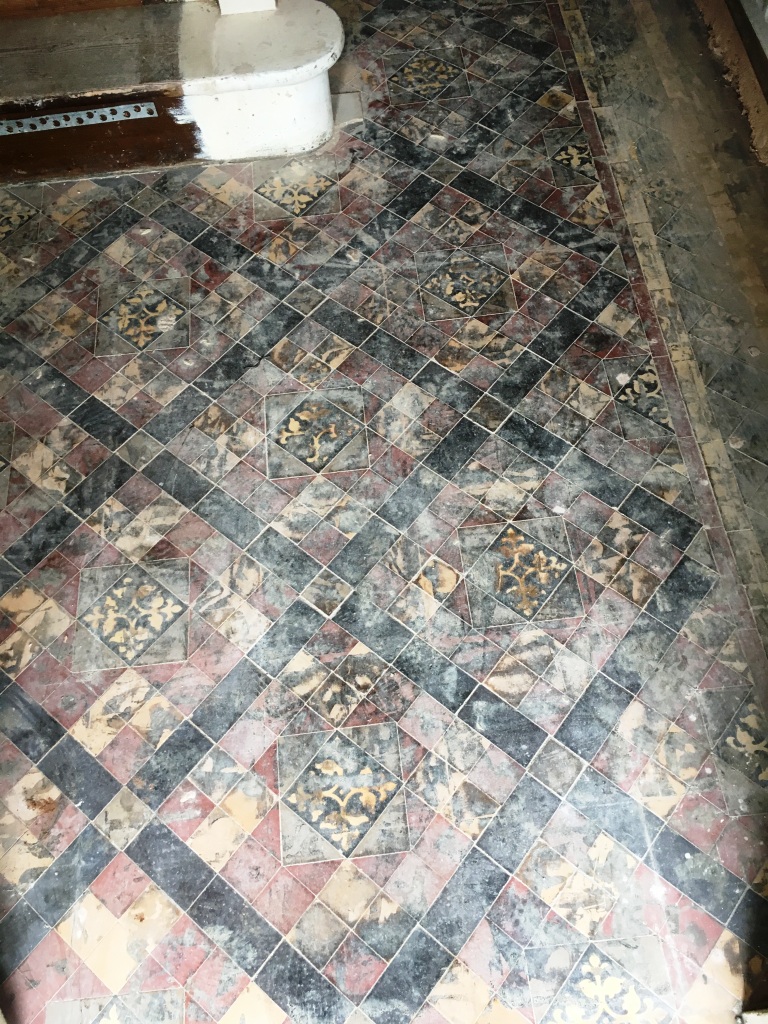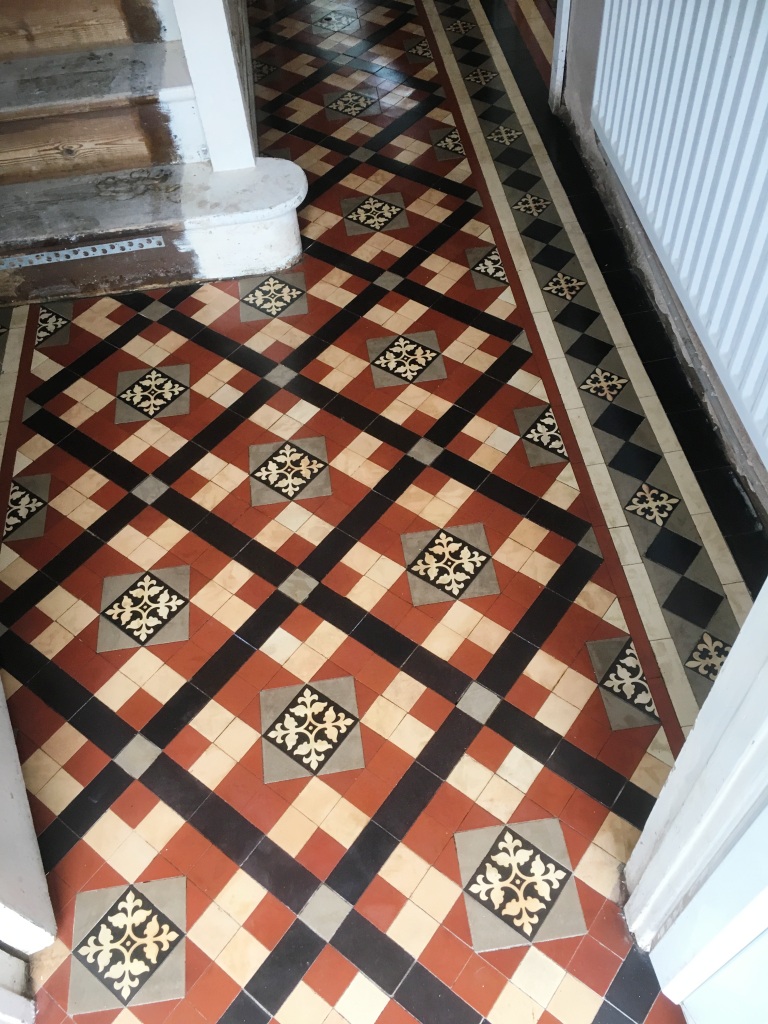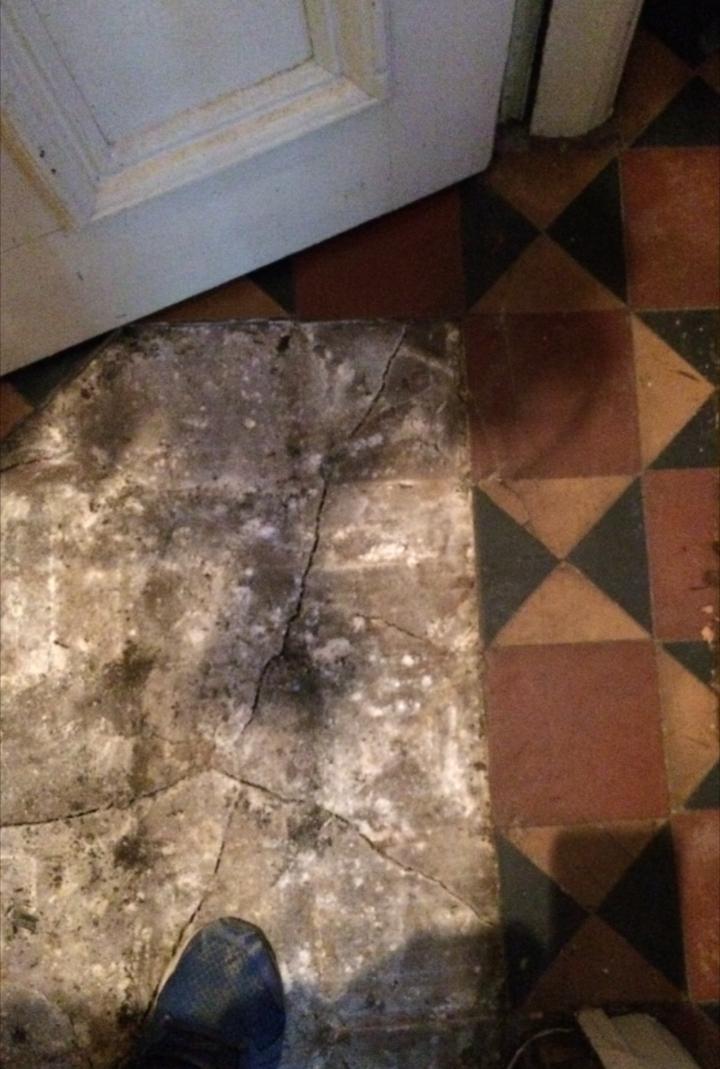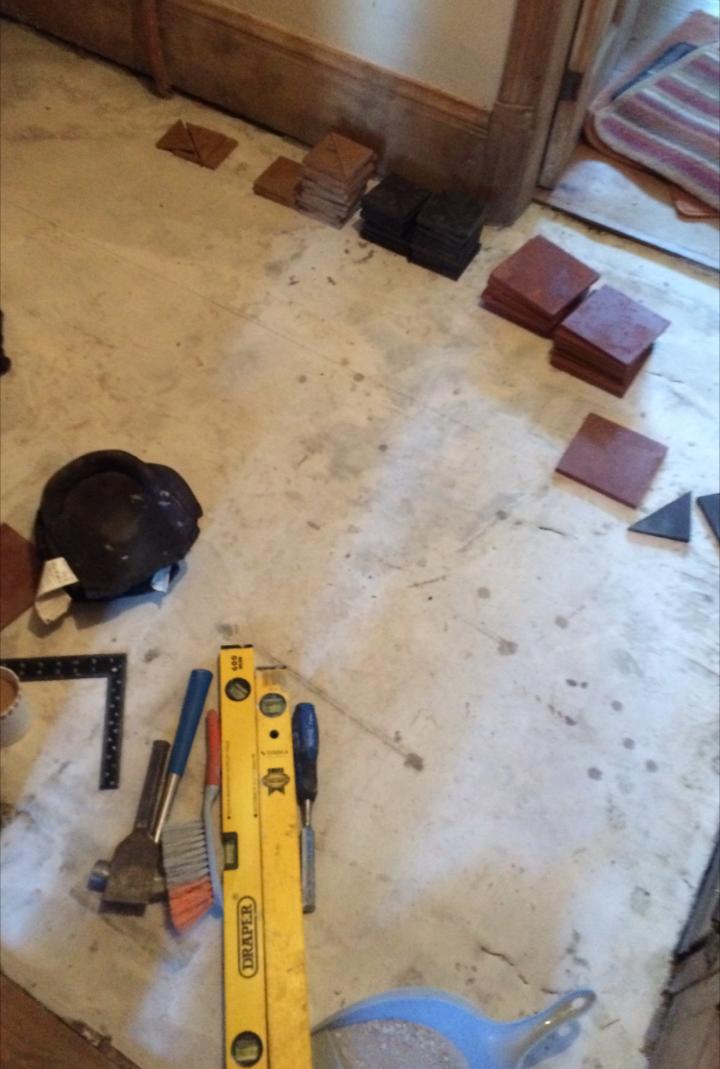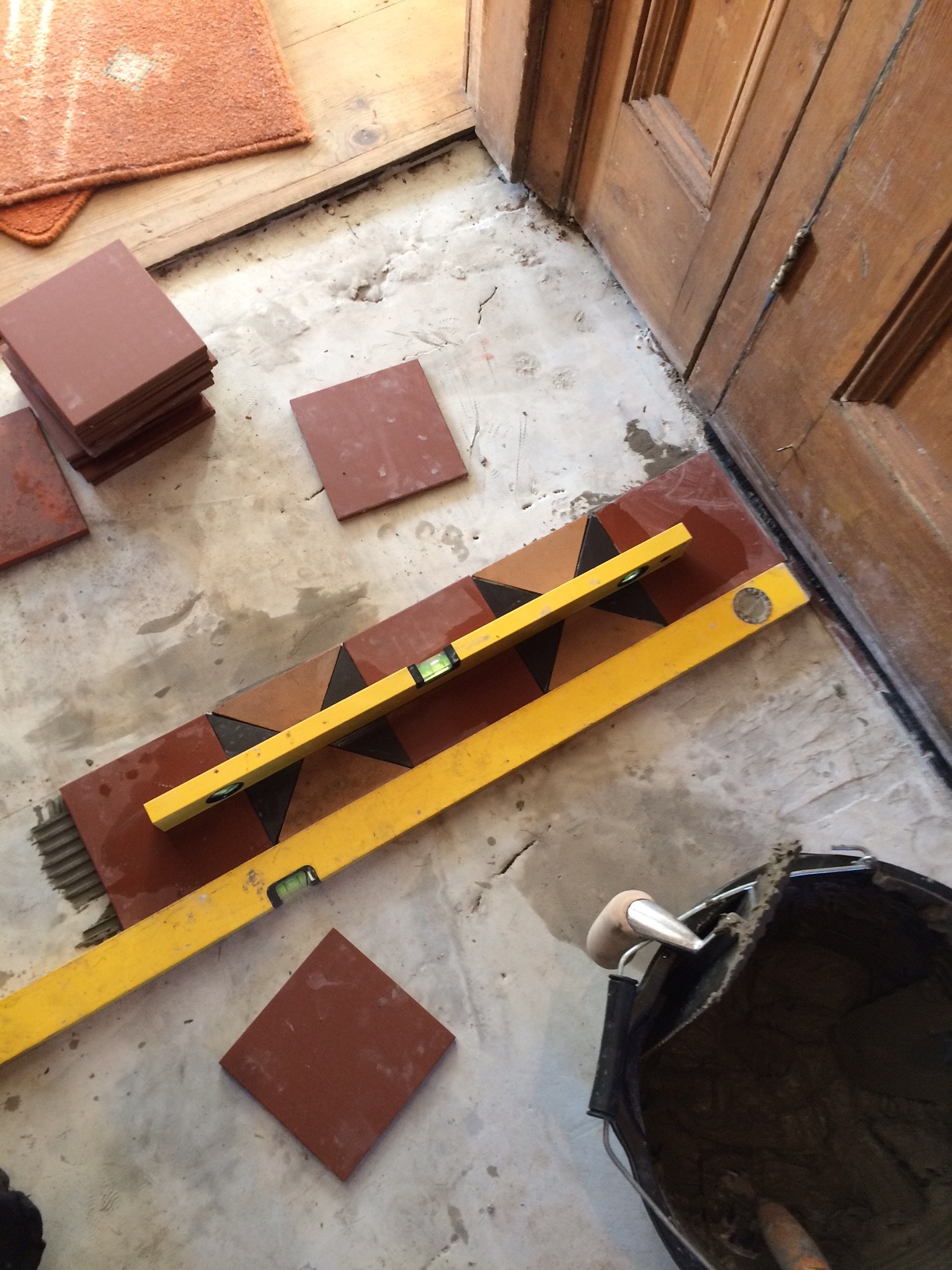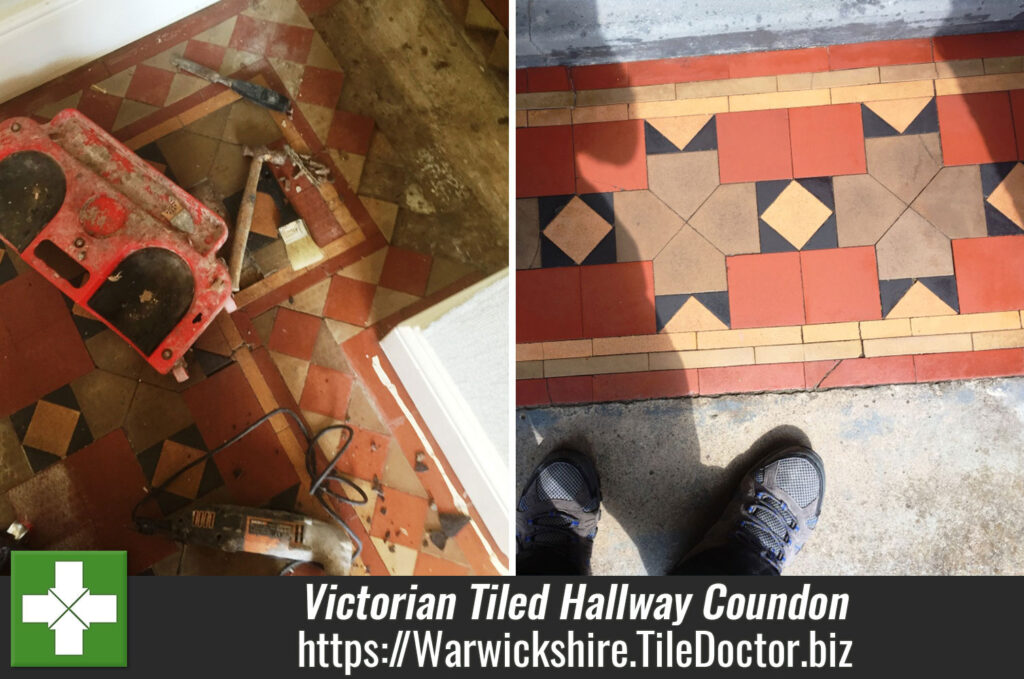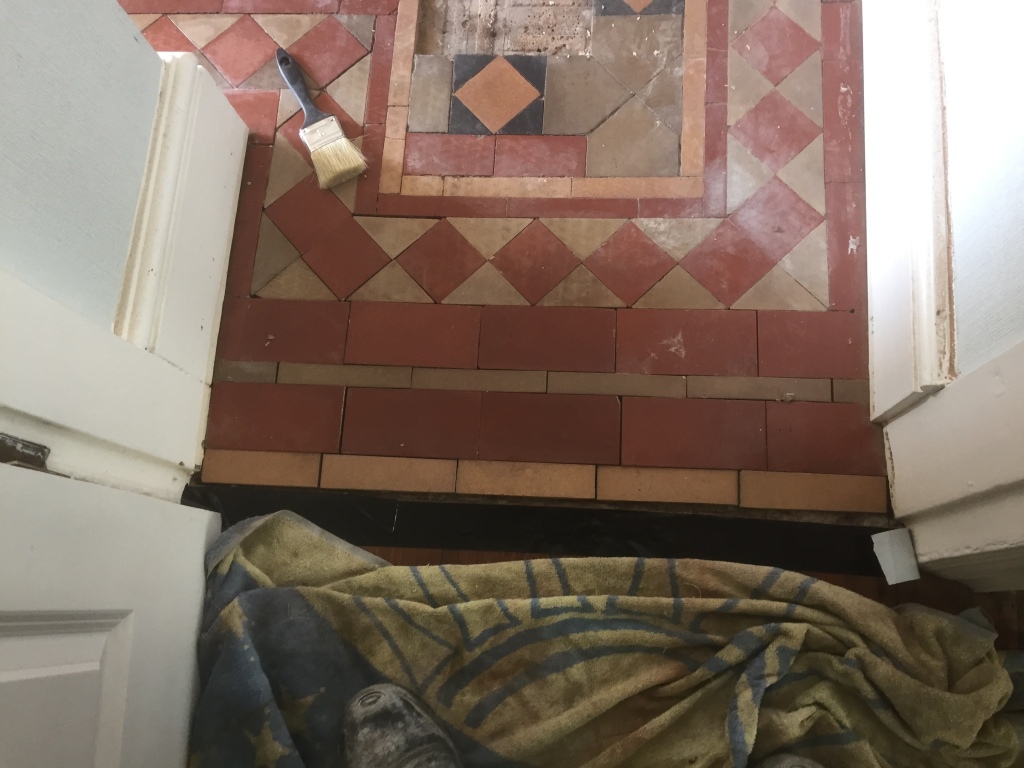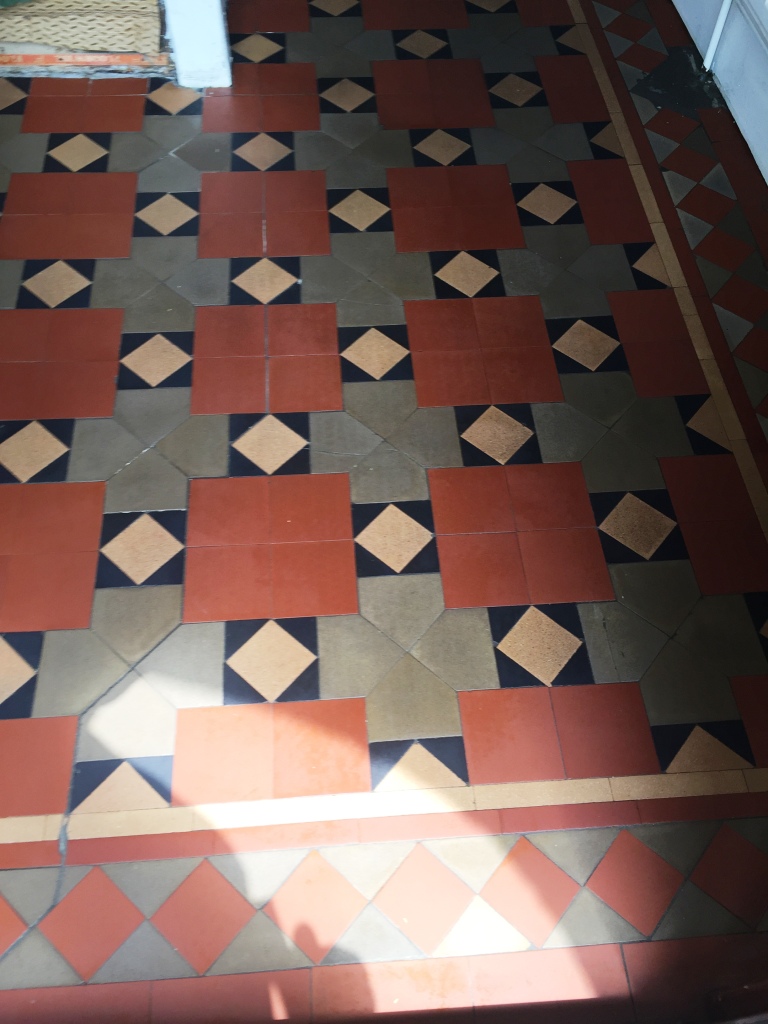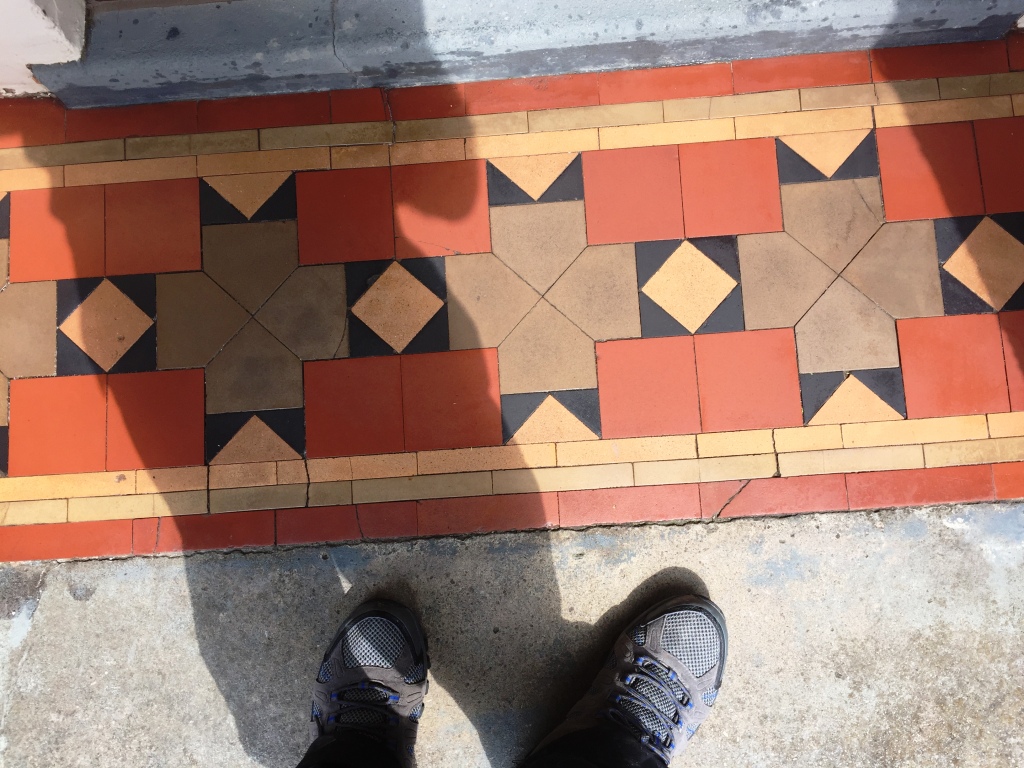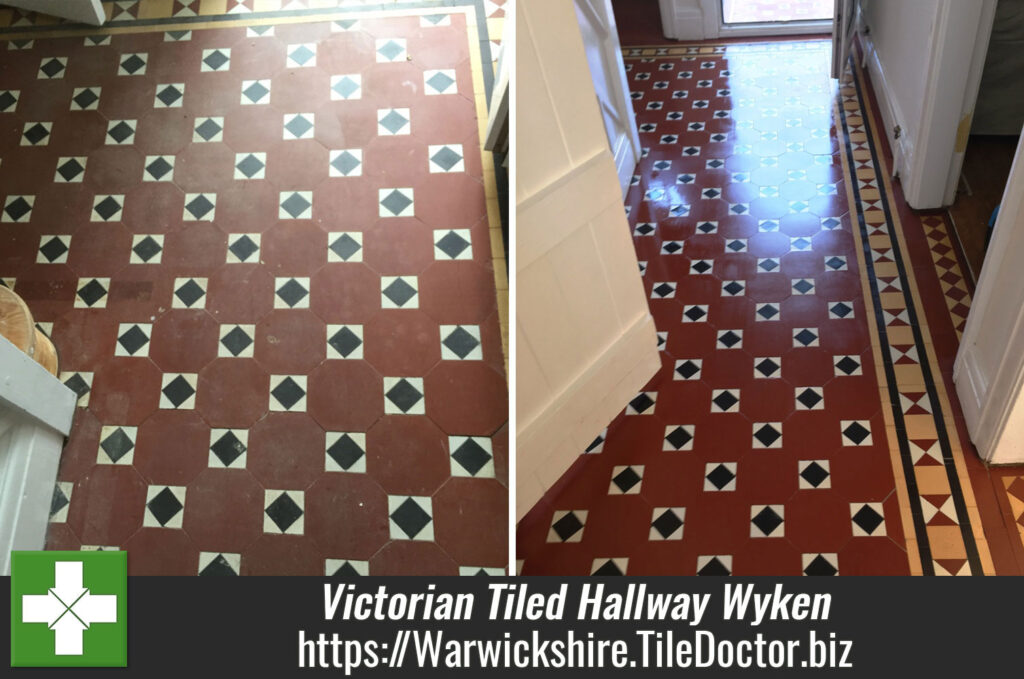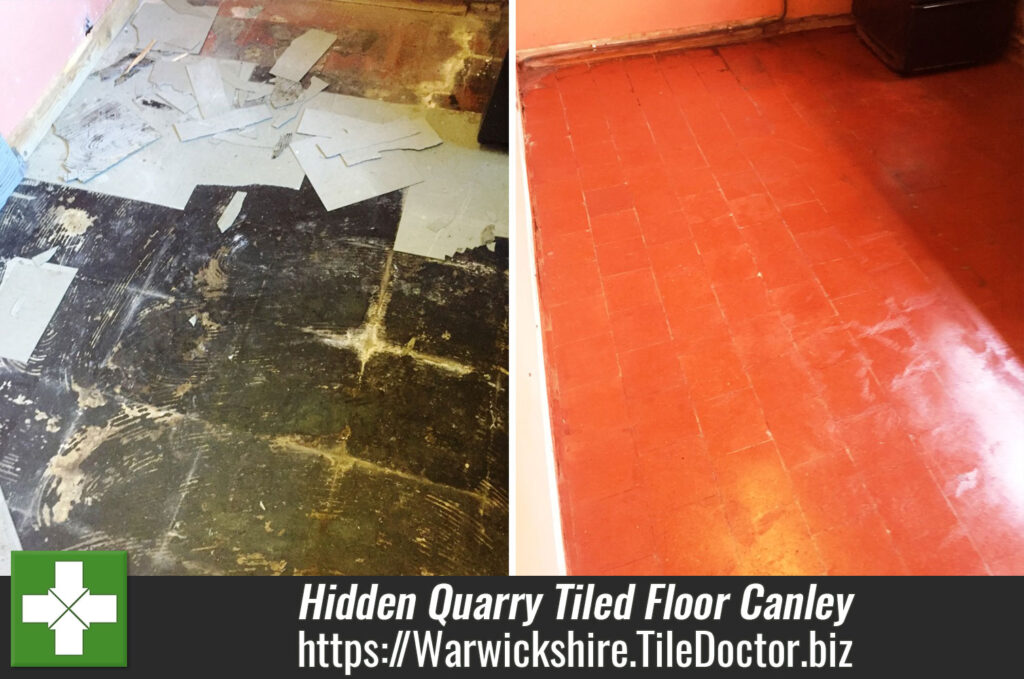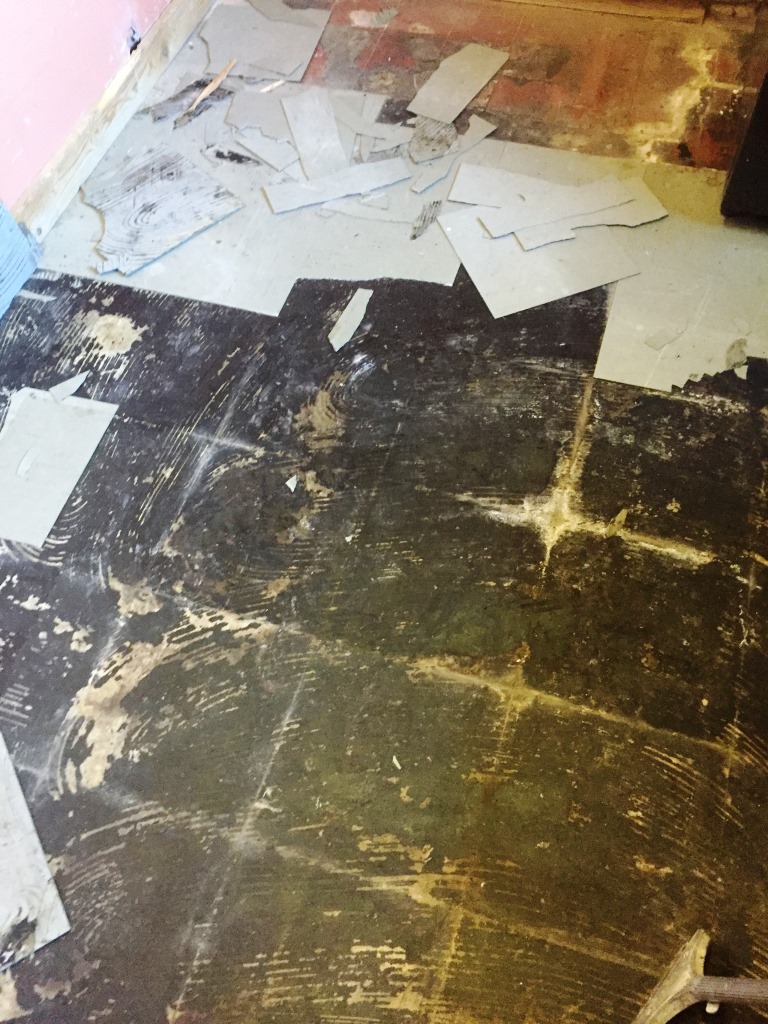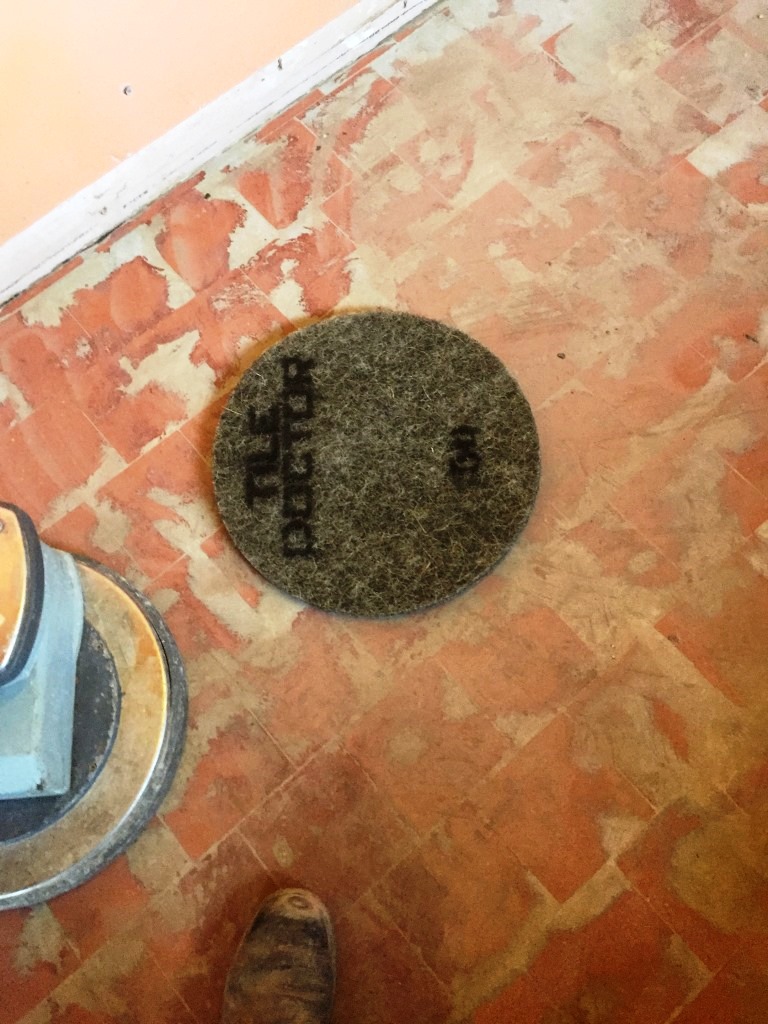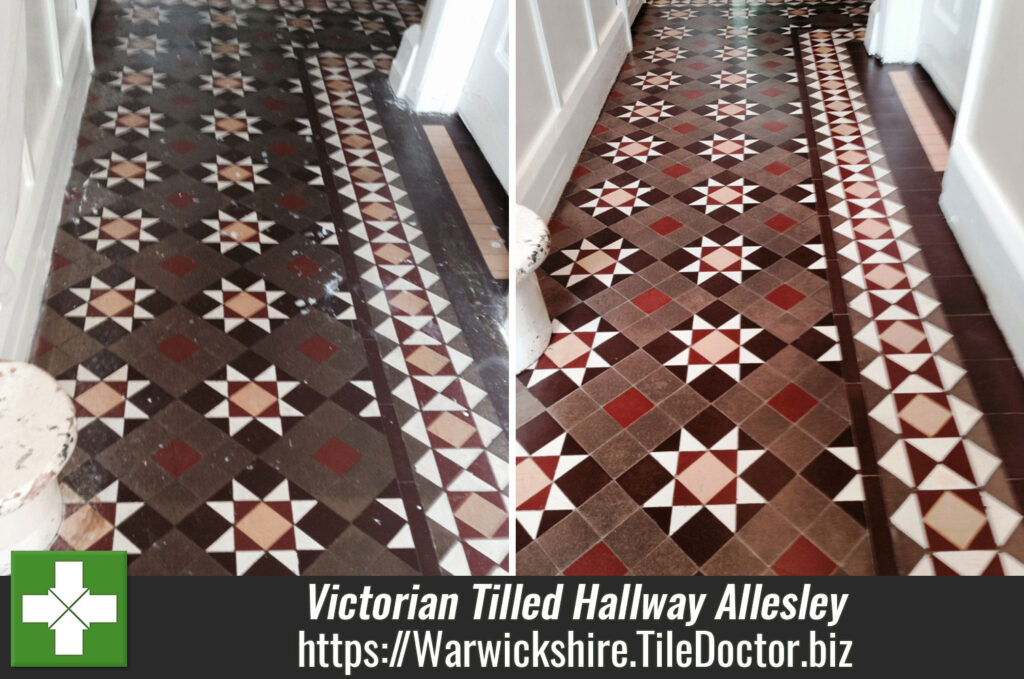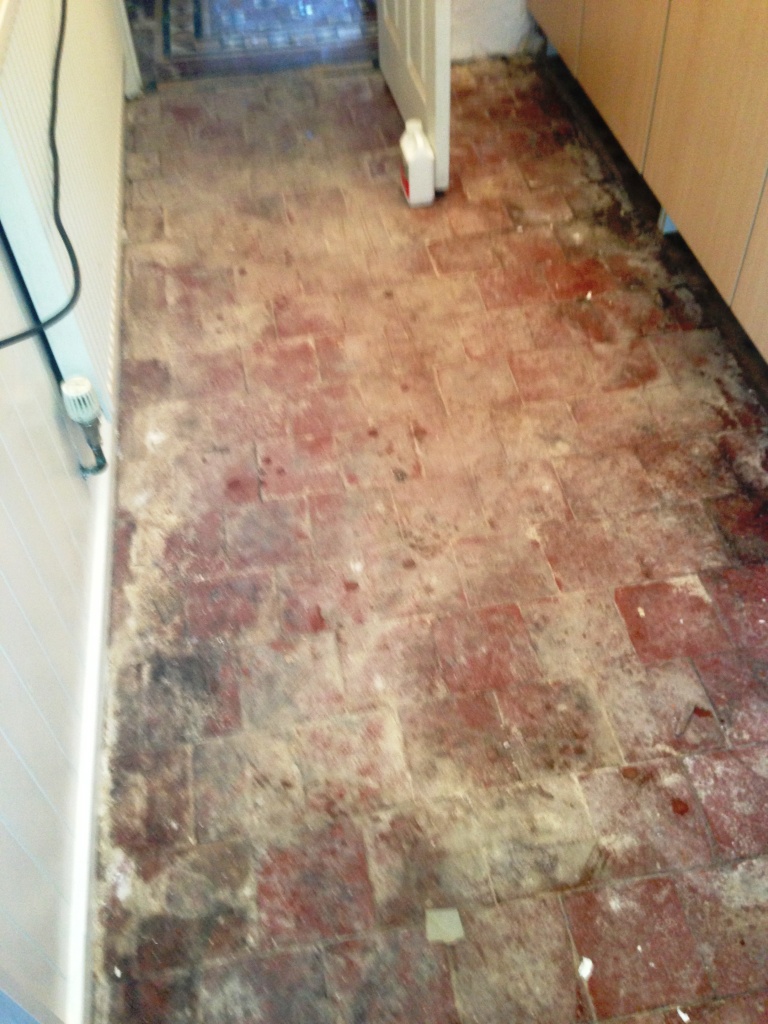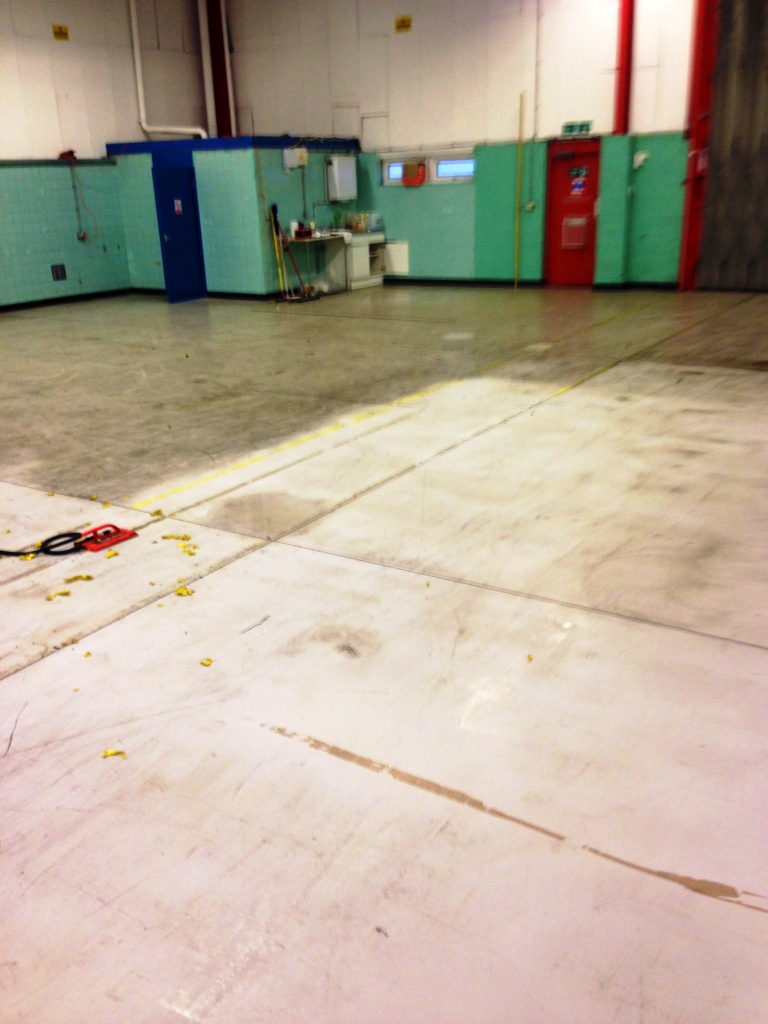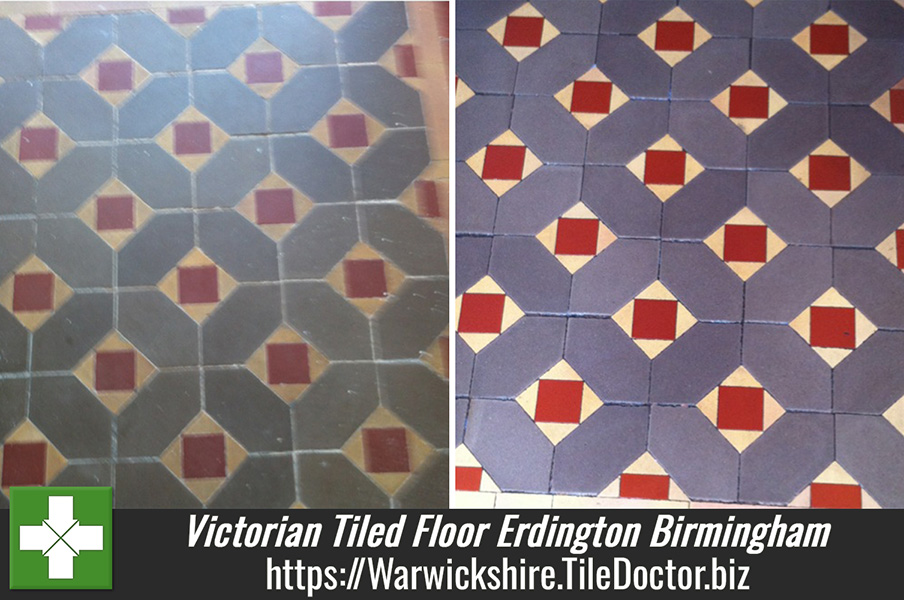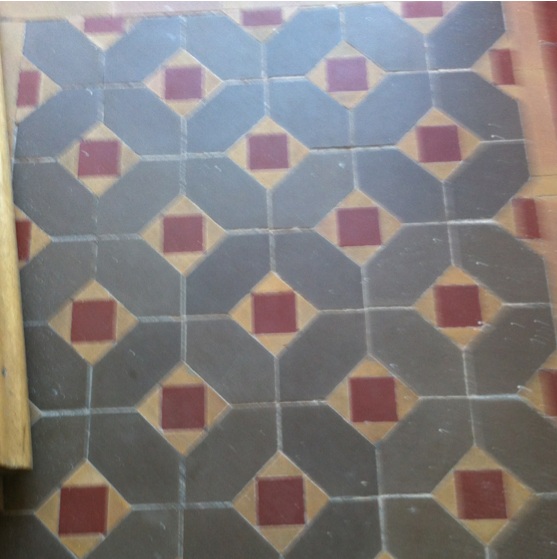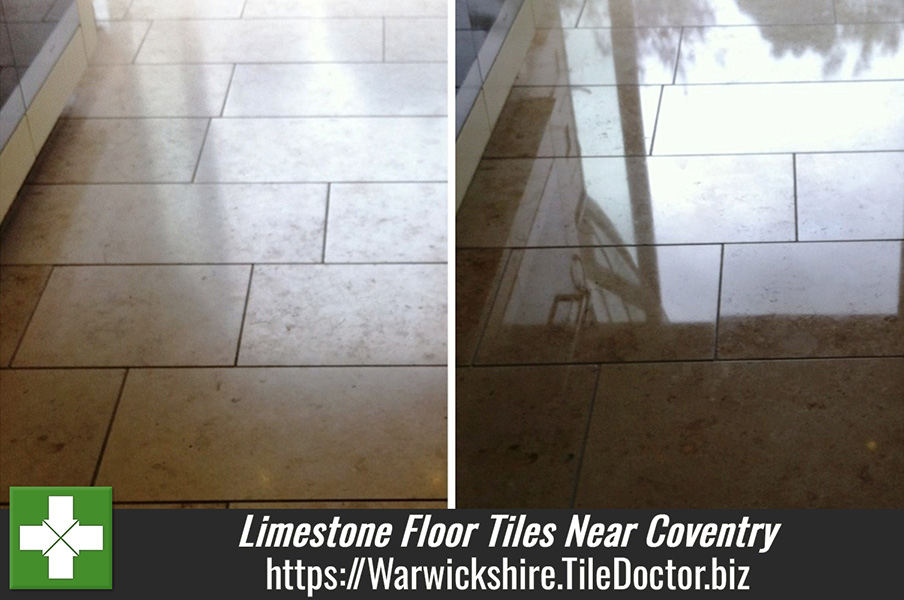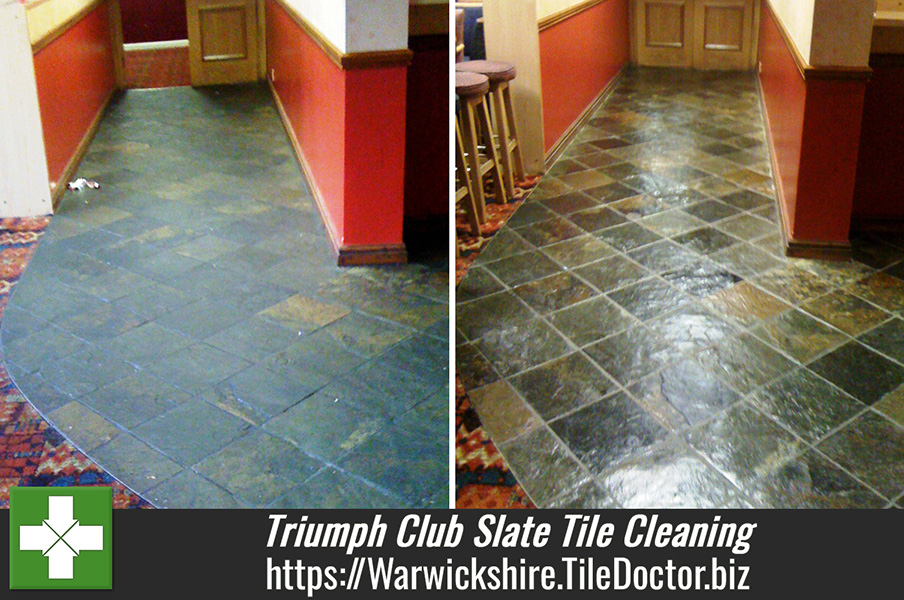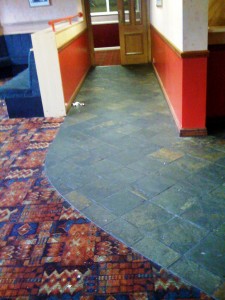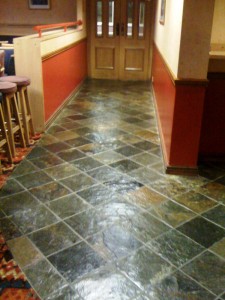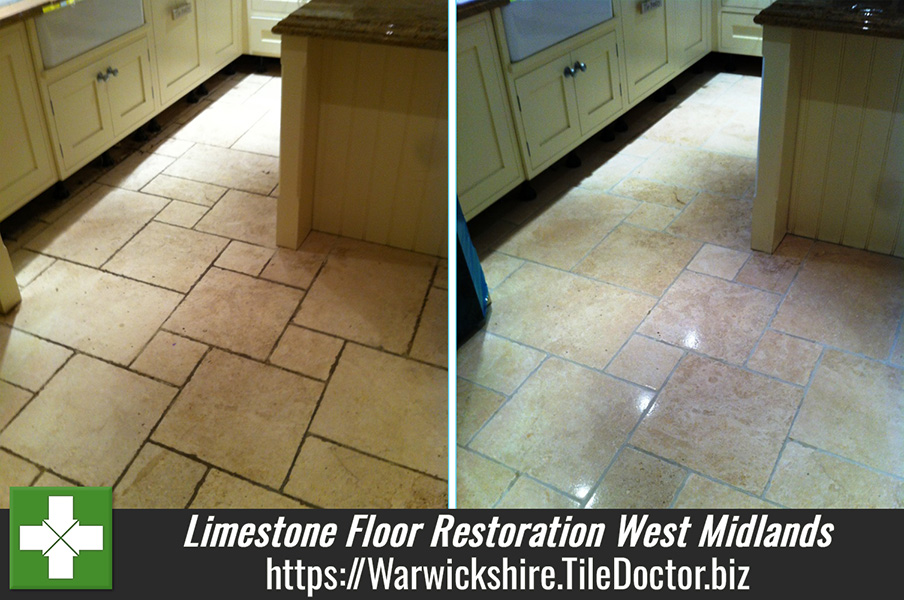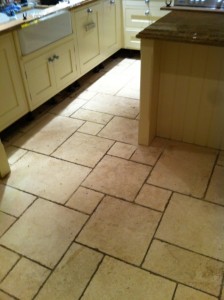Edwardian Tile Hallway Restoration in Mount Nod Coventry
The photographs below are of an Edwardian tiled hallway floor in a large double bay 1920’s house in the Mount Nod area of Coventry. These beautiful geometric tiled floors are very typical for the housing stock in the area however over the years some have fared better than others.

This particular floor was discovered by the homeowner after removing an old carpet and underlay for replacement. Rather than covering it up again they thought it would be a good idea to have it restored and therefore I was asked to call in and quote for the work.
The tiles leading into the kitchen and other doorways were heavily damaged, and some areas had been back filled with concrete, all of which would need replacing with matching tiles. After researching the cost of replacement tiles with Craven Dunhill I worked out a quote which was accepted, and a date set for the restoration to start.
 |
 |
Cleaning and repairing an Edwardian Tiled Hallway Floor
Work started with the repairing of the damaged areas which included removing damaged tiles and chipping out concrete. You have to be really careful when doing this as the last thing you want is to disturb the surrounding tiles and making more work for yourself. The exposed areas were cleaned up and prepped for the replacement tiles which were cut to shape so they would match the existing geometric pattern. Only once the pattern was replicated, the replacement were tiles secured in place with a rapid setting adhesive.
Once the tiles had set, I moved onto cleaning the whole floor for which I used a low moisture gel-based cleaning products. I tend to avoid the use of liquids on old floors like this as they were laid before the invention of damp proof membranes so there’s nothing to prevent moisture rising from the ground. Excess moisture can result in unwanted efflorescence deposits so using too much water is best avoided, it’s a common issue with these floors especially when they have been covered in carpet and underlay as this prevents the floor from being able to breathe.
With that in mind I applied Tile Doctor Oxy-Gel to the tile surface and left it to dwell for ten minutes before scrubbing it in with a black pad fitted to a rotary buffer. This is a strong alkaline tile cleaning agent that breaks down dirt and old sealers etc, I was then able to extract the soiling using a wet vacuum and a little water.
Next up was to give the floor an acid rinse using another gel-based product, Tile Doctor Acid Gel. Being acidic this product neutralises the floor following the use of the alkaline cleaning products and neutralises any efflorescent salts that may have built up in the tiles. After working in the Tile Doctor Acid Gel, it was then removed with the wet vacuum and the floor given a light rinse with water. The wet vacuum was then used to remove as much moisture as possible from the floor before leaving it to dry off fully overnight.
Sealing an Edwardian Tiled Hallway Floor
The next day I returned and began by checking the moisture levels in the floor using a damp meter. Applying a sealer to damp tiles can produce inconsistent results so best avoided.
The results confirmed the floor was dry so I was able to proceed and seal the floor using Tile Doctor X-Tra Seal. I chose this product because it’s a fully breathable and therefore will cope well with any moisture rising through the tile allowing it to evaporate at the surface and not become trapped underneath where it could cause problems. The sealer soaks into the pores of the tile protecting them from within and ensuring any dirt will remain on the surface where its easily removed.
 |
 |
For aftercare cleaning I recommended Tile Doctor Neutral Tile Cleaner which is an effective tile cleaning product that is pH neutral and won’t impact the sealer. Sealers can be removed with stronger cleaning products that are only designed for use on glazed tiles or Vinyl so always take care to read the label when choosing a product.
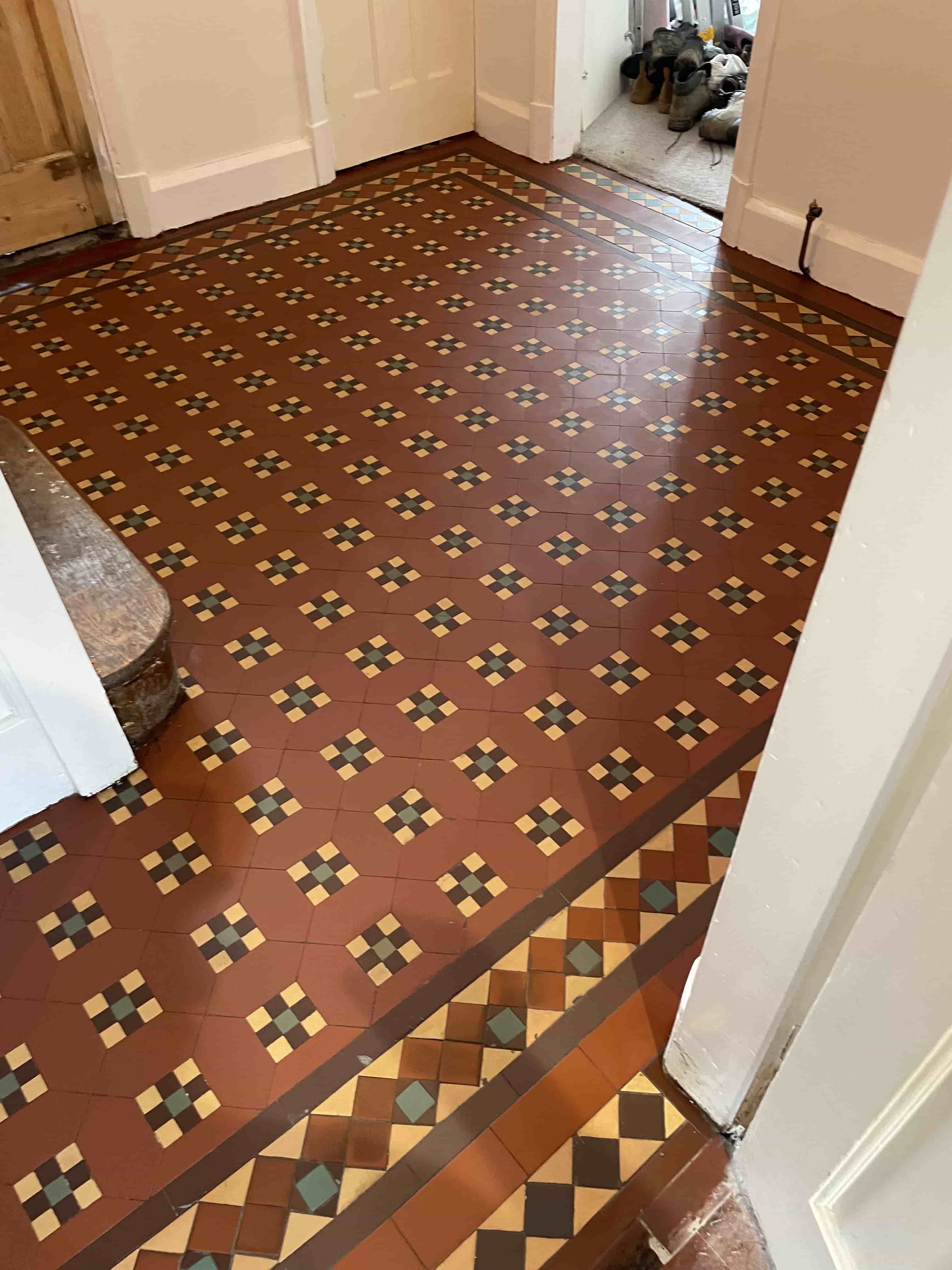
Professional Restoration of an Edwardian Tiled Hallway in Warwickshire
Edwardian Tile Hallway Restoration in Mount Nod Coventry Read More »




